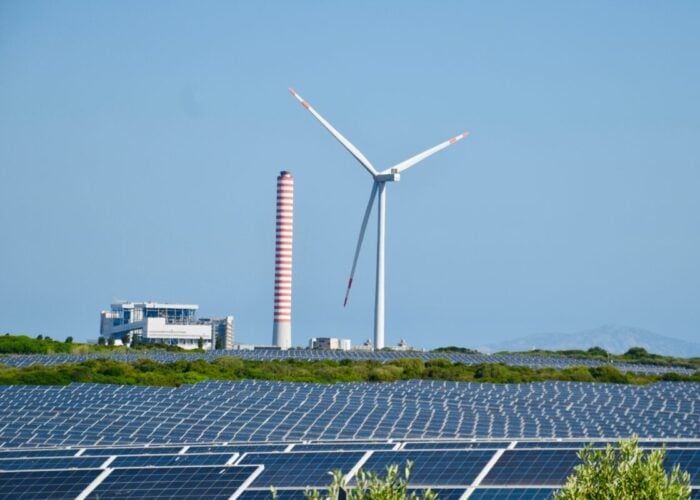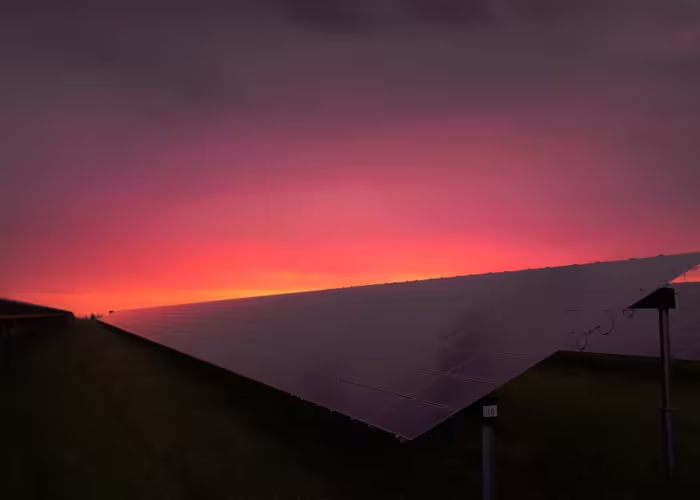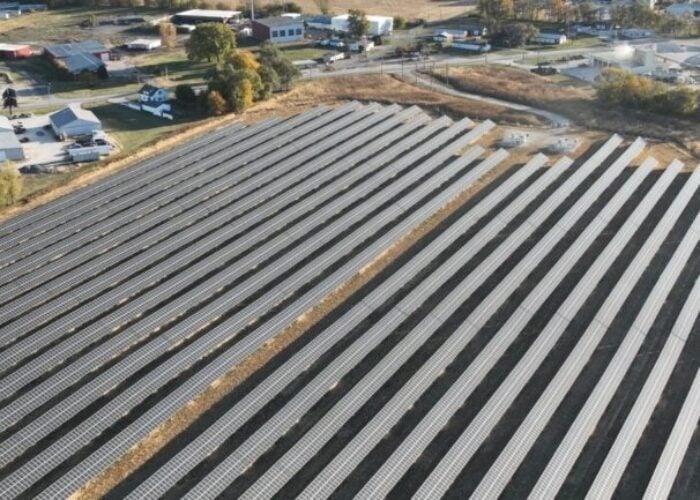What is going on in India? After a stalled 2013, some had been hoping for a more positive 2014. But with the auction for 750MW of PV projects under the first part of the second round of the JNNSM solar mission delayed from its original December date to the end of January (the second time it has been postponed), the fulfilment of that ambition has not had the best of starts.
Indeed the delay of the auction highlights some real concerns among the solar community. Not least of these is the viability of the auction mechanism devised by the Indian government under JNNSM II. Project developers are worried that grants promised under the ‘viability gap funding’ mechanism that is central to the second round of the solar mission will not be paid in a timely fashion.
Try Premium for just $1
- Full premium access for the first month at only $1
- Converts to an annual rate after 30 days unless cancelled
- Cancel anytime during the trial period
Premium Benefits
- Expert industry analysis and interviews
- Digital access to PV Tech Power journal
- Exclusive event discounts
Or get the full Premium subscription right away
Or continue reading this article for free
This is just one of a number of issues that must be resolved if 2014 is to see India make any progress towards its solar ambitions. The following outlines areas that must be addressed with some urgency:
- Better REC model – A resolution and revamp of the REC (Renewable Energy Certificates) mechanism both in purchase and trading, which has been poorly implemented to date and is financially unviable. Reduction of the floor price, or a suitable alternative, needs to be worked out, as adherence by discoms (the electrical distribution companies and generators to renewable purchase obligations is just not going to be possible at such high costs.
- Standard and bankable PPAs – Stability of state PPA procurement prices around INR7-8 (US$0.13-0.14) around which solar grid as well as rooftop starts being a viable proposition for independent power producers as well as corporates looking for accelerated depreciation (AD). Bankability of the state Discoms, especially in the south, is a major damper for investors.
- Financial options – Better (non-recourse) financial options and structuring for both off- as well as on-grid projects. Current bank interest rates of 12-13% are just not viable and paybacks cross the seven-year mark easily.
- Entrepreneur development – Government loans to entrepreneurs looking to deploy mini-grids and micro-grids are a definite requirement especially in remote villages.
- Better pricing – Lower module prices as both the recent rupee depreciation and price increase has the prices per watt-peak of solar jumping by almost 20%. Higher project prices result in compromises on quality, which in turn impacts life and operation costs of solar plants.
- Currency stability – Rupee appreciation to Rs.55 levels; this will directly reduce EPC costs by 10% generating more opportunities for investors to deploy more solar across the states.
- Rooftop generation – Introduction of net metering across states to ensure that all suitable roofs are providing distributed and lossless power into the grid, which in turn reduce generation costs, pollution, emissions, etc.
- Generation-based incentives – Introduce generation-based incentives, especially for those projects that are directly being procured by the state discoms at average power purchase cost prices, rejuvenating Discoms by allowing distributed generation and further reduction of aggregate technical and commercial losses.
- Capital subsidy – Payout of capital subsidy by the Ministry of New and Renewable Energy, especially of the past 1.5 years’ backlog, and timely release in the future without requiring any human intervention. An increase is preferable from the current level of 30% to at least 50% as payback periods are almost 10 years and that’s without storage capped at a max of 5KW per Rooftop.
- VGF Mechanism – MNRE selection and payouts of the 750MW VGF should be timely, structured and hassle free while equally focusing on building out quality power plants to ensure the nation’s future.





